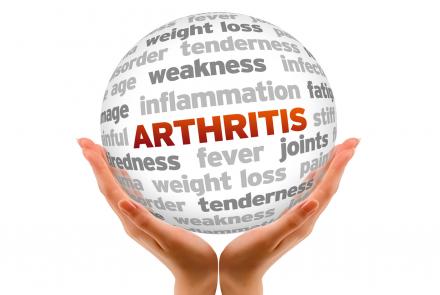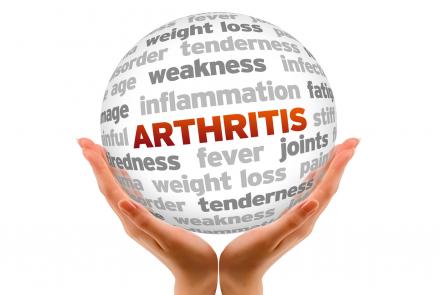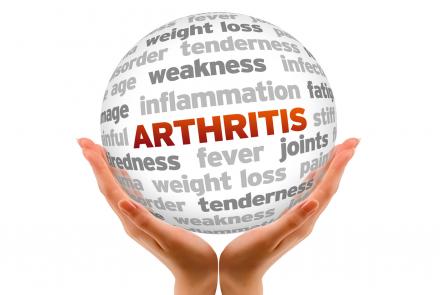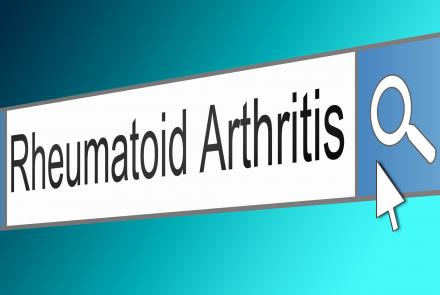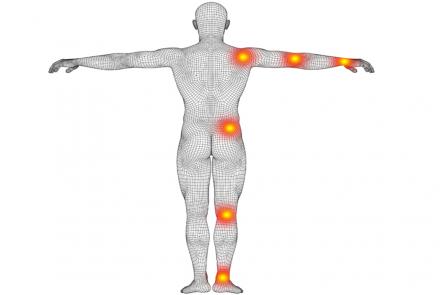What is it
The word “arthritis” means joint inflammation, and it's used to describe different diseases and conditions that affect joints, the tissues that surround joints, and other connective tissue.
Arthritis is often seen as a disease that affects the elderly but it can affect people of all ages. According to the Arthritis Foundation, two-thirds of people with arthritis are under the age of 65. And more people in their late 30s and 40s are now being diagnosed with the condition. As…

Sciatica pain can cause extreme distress. This is a quick analysis of what causes it and 6 tips on how we can try and prevent it.
Sciatica
Sciatica pain is the pain and tingling caused by the sciatica nerve. It is usually felt as an intense pain in the leg and the pain travels all the way down from the spine. Sciatica is not a condition but a symptom itself that can have various underlying reasons.
Causes of Sciatica pain:
- Injury or trauma: Direct injury to the spinal column can cause nerve compression to the nerve roots. Falling on the back or from great heights, car accidents, sports injuries, etc, are a few examples. Bone fragmentation from the impact can also contribute to the nerve compression.
- Disc herniation: Also called slipped disc, this condition occurs when the cushion-like discs between the spinal vertebrae start to bulge under pressure between the bones. If it is just bulging it is a “contained” disorder, but if the nucleus of the disc breaks through the outer ring (annulus fibrosis) then is it called a “non-contained” disorder. This bulging or herniation of the soft disc causes irritation of the adjacent nerve root and compression of the sciatic nerve. The disc may also release hyaluronic acid which can lead to inflammation of the nerve causing weakness, tingling, numbness in the legs etc.
- Lumbar spinal stenosis: This is a narrowing of the canal containing the spinal cord usually seen with age. Nerve compression can occur on both sides of the spine causing sciatica bilaterally. It causes leg pain similar to sciatica, often triggered by walking or standing and one gets relief only on sitting down.
- Piriformis syndrome: This syndrome is named after the muscle called Piriformis which connects the lower spine to the femur (leg bone) and assists in leg rotation. The sciatic nerve runs below this muscle. Spasms in the Piriformis can cause compression of the sciatic nerve. Best to avoid prolonged sitting on hard surfaces or wallets as well as uncomfortable exercises.
- Spondylolisthesis: This is a disorder in which one vertebrae moves forward or backward over another vertebrae. This slip or displacement of the vertebrae can lead to spinal nerve compression and sciatica. It is commonly a developmental disorder (seen at birth) or from spinal degeneration or due to trauma/injury.
- Osteoarthritis: Osteoarthritis (degenerative joint arthritis) due to aging is generally seen in the older patients and can be a cause for spinal nerve compression.
- Osteoporosis: When bones become brittle and weak, they tend to get easily damaged or broken. This is commonly seen in the aging population, specially during menopause for women. Osteoporosis is also caused by smoking, chronic deficiencies and even by certain medications, etc.
- Tumour: Abnormal growths which may be benign or cancerous can cause sciatica.
- Miscellaneous: Other rare and occasional causes may be blood clots, boils, abscess, obesity, etc.
Prevention: There may be no specific or certain way to prevent this condition, but certain lifestyle changes may be helpful. These include:
- Good posture such as sitting straight or with back support at all times.
- Exercise daily for a minimum of 20-30 minutes to build muscle strength in the abdomen and lower back muscles.
- Stretching and warm-ups before work-outs are most beneficial!
- Muscle care such as bending at the knees while lifting heavy objects.
- Avoid prolonged periods of sitting or standing, if you must then use a foot stool.
- Avoid sudden jerks or twists of the spine.
Changed
13/Sep/2020
Condition

